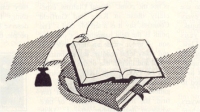 To become a successful gold prospector, research must top your list of things to do. Research will provide you with a never-ending source of future prospects. Experiencing the joy of being in the field, while enjoying these exciting and rewarding activities, should be a major priority for everyone. Furthermore, repeated trips going into the field, being successful, attaining your goals, and coming home with golden treasures is what puts the icing on the cake. The main ingredient to help ensure success in gold prospecting is taking the time to do truly adequate research and planning.
To become a successful gold prospector, research must top your list of things to do. Research will provide you with a never-ending source of future prospects. Experiencing the joy of being in the field, while enjoying these exciting and rewarding activities, should be a major priority for everyone. Furthermore, repeated trips going into the field, being successful, attaining your goals, and coming home with golden treasures is what puts the icing on the cake. The main ingredient to help ensure success in gold prospecting is taking the time to do truly adequate research and planning.
Research is the “all-important” first step that needs to be accomplished. Learn everything you can about the activity. Read appropriate books and magazines, and speak to other people with the same interests. The Internet provides many vital connections. E-mail other enthusiasts. This will prove to be very useful in the future, and can help you now! There are many web sites worth examining. Thousands of Internet sites are just bursting with useful, valuable information which can help you.
Another very important component of research is putting lots of time in the field. The time you spend in the field provides you “hands-on” familiarity with your equipment and the areas where you are prospecting.
These hints are just the tip of the ice-berg of research. Become familiar with your equipment. Start to develop an intimate “feel” for what you are doing, and what you are looking for. Make some good connections through various prospecting clubs and associations and Internet sites. Then, it is time to begin the arduous, but rewarding, task of developing some of your own “hot spots.”
“Hot Spots” are places waiting to be discovered—by you! These places are located all over the west. Often they are referred as “virgin sites,” No one with a metal detector or a gold pan has ever been there (except for you!) “Hot Spots” can also be forgotten sites; places that very few people know about, today. These may have been explored by earlier generations of prospectors; but with today’s technology, they are worth checking out again!
To discover these sites, begin searching at your local library. Doing your research in the library can be a very mundane process. Spending hour upon hour sorting through maps and old newspapers, while not being entirely certain what you are looking for, can be very frustrating. More importantly, it can be time-wasting. To avoid this waste, go to the library with purpose, and be focused on your task. Are you hunting for old placer mines? Abandoned lode mines or their tailings dumps? Old hydraulic mining areas? Decide what you are searching for. Then narrow your search-effort, allowing yourself to use your time more efficiently.
Historical newspapers from the area of your interest can be a resource tool. I bounce back and forth, scanning microfilm, alternately searching through old books and maps. By acting like a metal detector with discrimination, I scan for key words, and ignore irrelevant information.
Maps, as you can imagine, may be a gold mine! To find these old maps, ask the librarian if they have a room dedicated to your State and/or County. Most libraries have rooms, or at least special sections, that are packed with local history! Many times, these areas are pretty disorganized. But such disorganization might actually be to your advantage. Maps and books which are buried in old boxes might be exactly what you are looking for! For a nominal price, some mail-order catalogs will also provide you with maps that can be helpful.
Sometimes, modern maps can produce clues from yesteryear, while providing you with leads from which to do further research. Often, browsing through a map, you will notice gulches, creeks, mountains, and roads that have interesting names. For example, on one of my gold prospecting research sessions, I came across a small creek called “Sluice-Box Creek.” Doing further research, I discovered there was a large population of Chinese miners working the area during the 1890’s. Little prospecting had been done since that time! Here is a prospect that might be worth checking out this next season!
Old maps often actually show the exact location of old mines, sometimes even including the names. Then searching for the names can sometimes give you valuable information about the mines. Modern GPS electronics can then help you locate those old mines in the field!
There is nothing really difficult about all this. It takes time; and it all requires a proper state of mind. The best things in life don’t always come easy. So you have to allow yourself some time.
It is very important to keep all of your information and leads well-organized. I suggest that any photocopies that you make from books and micro film should have a notation of the author, title, and date of the publication from which it came. This might be important in the future. When you discover at some later time that you need more information from the source, you will more-easily know where to find it again! Many times while doing research, you will find both useful and useless information. Keep all information you find! I cannot count how many times I have gone through my papers, finding a new piece of information that I had not noticed before, or information that was not important previously, but is now!
It is also a good idea to keep a journal. This can be a very useful tool while out in the field. Many times, you may come across something interesting while out prospecting. Mark the location using your GPS. You might want to do some related research at a later date. By pinpointing interesting prospects on your map, and writing some useful notes, you will be prepared to go the library and possibly locate some historical information on the particular site.
Remember, research is your best possible tool to help develop potential new prospects. The more time spent on research, the more you will be rewarded with productive sites to discover new “golden treasure.”
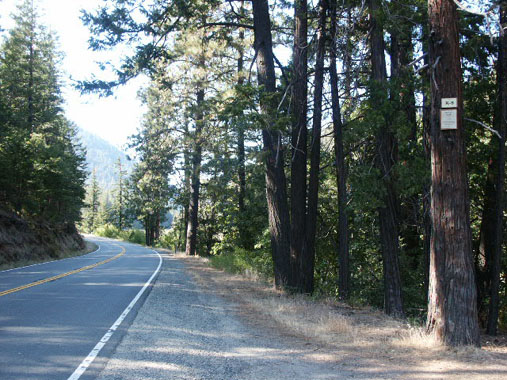


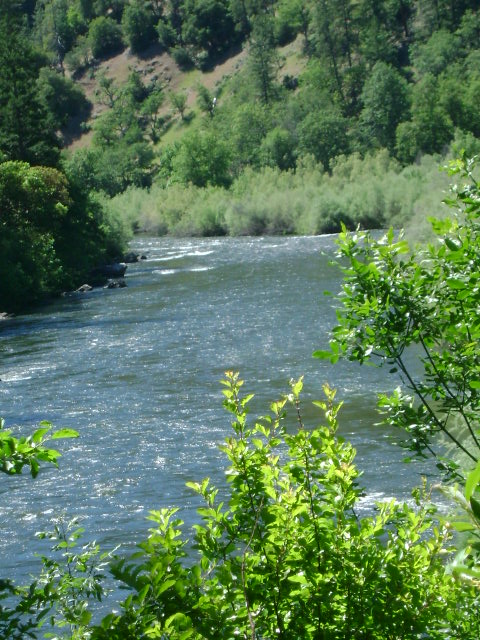
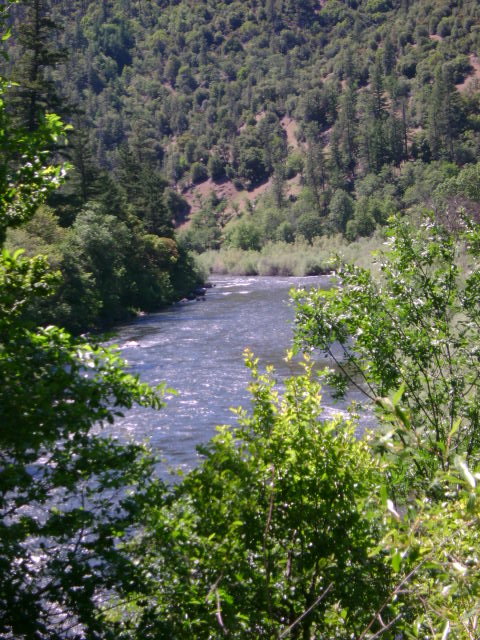
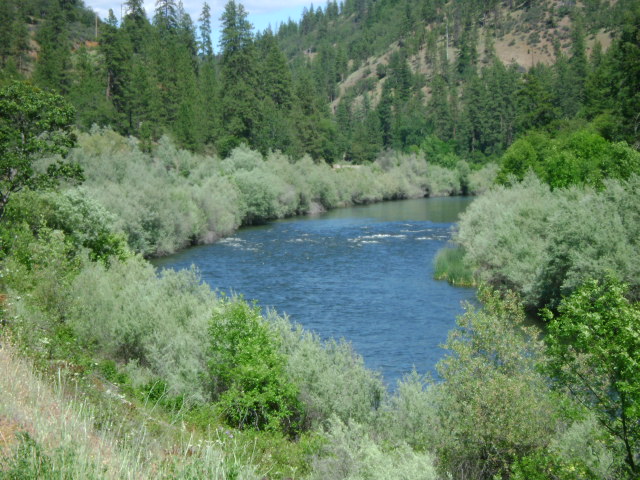
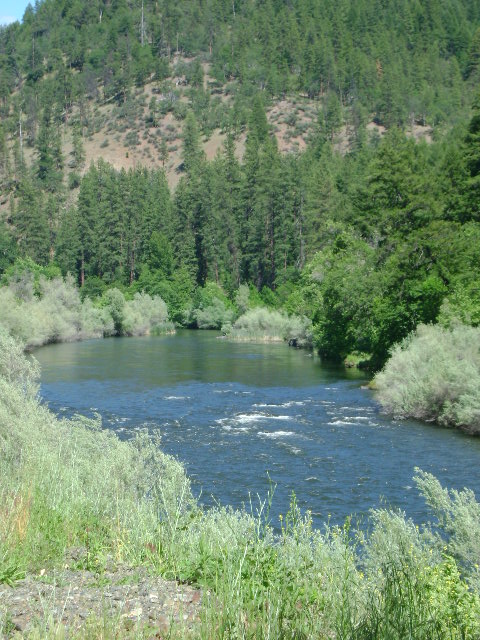
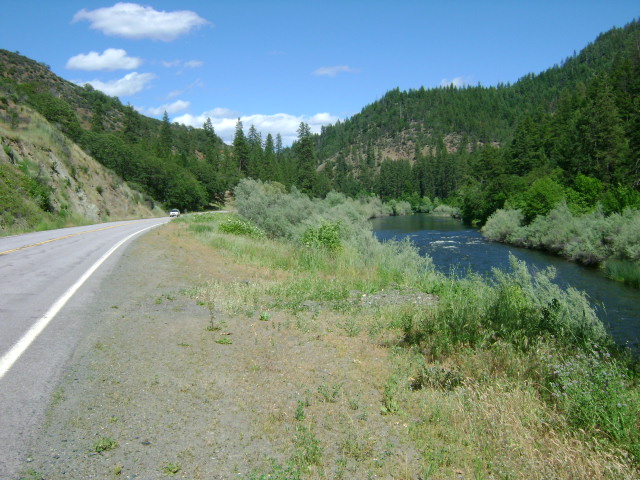





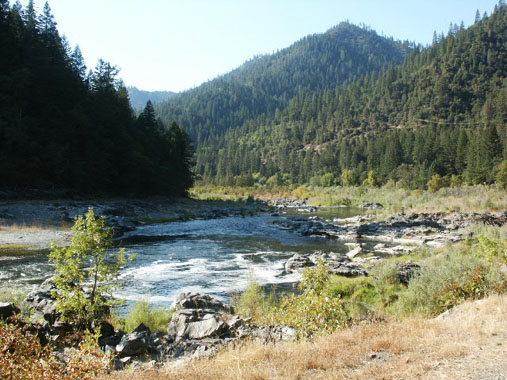
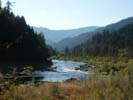
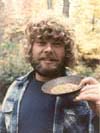
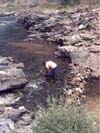
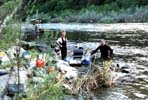
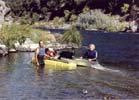
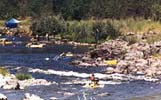
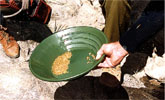

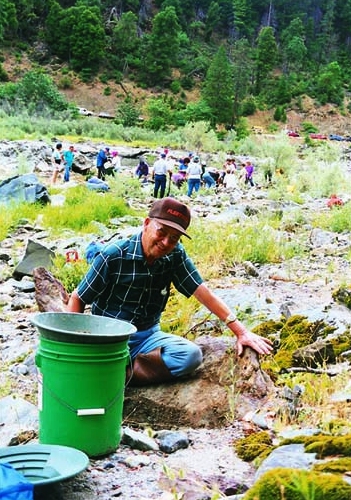
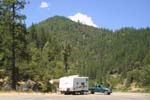
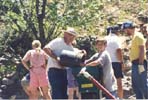
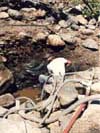
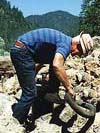
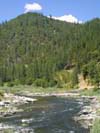
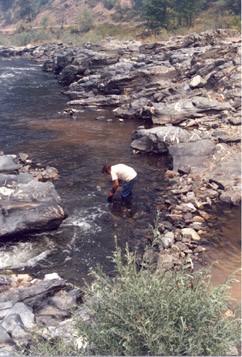
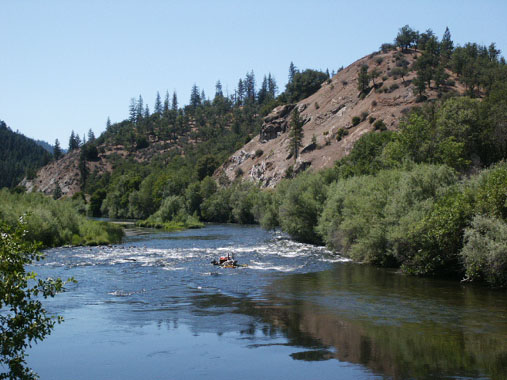
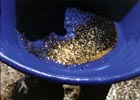
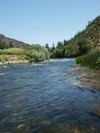
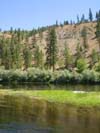
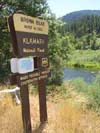
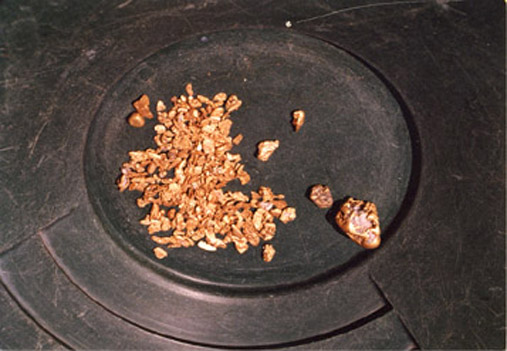
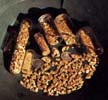
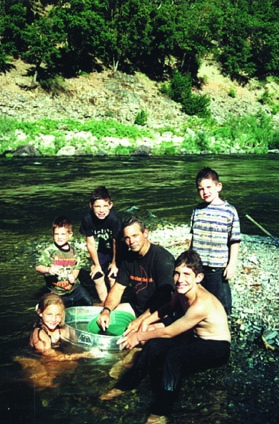

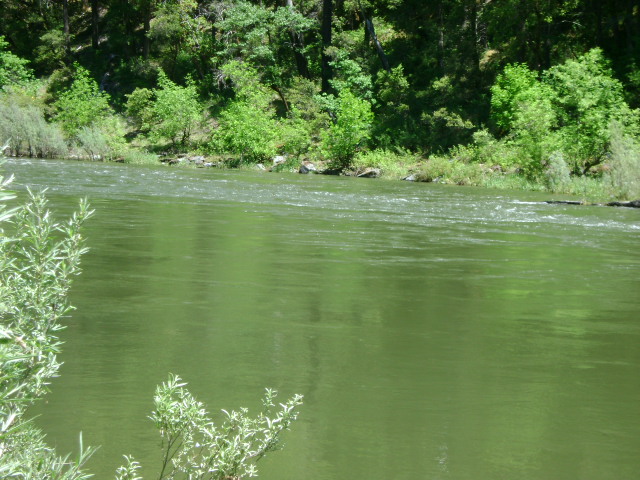
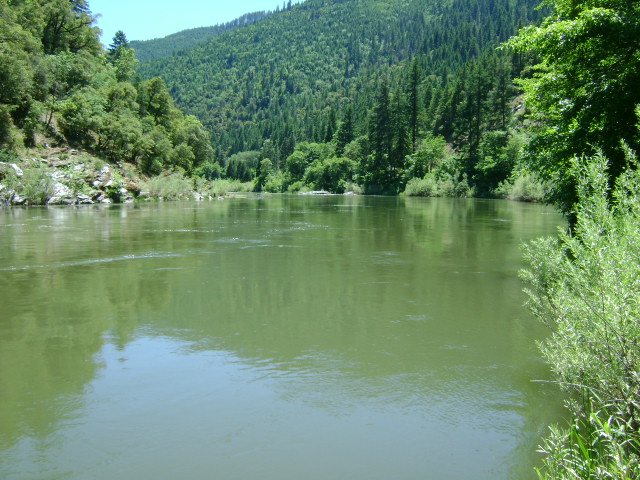
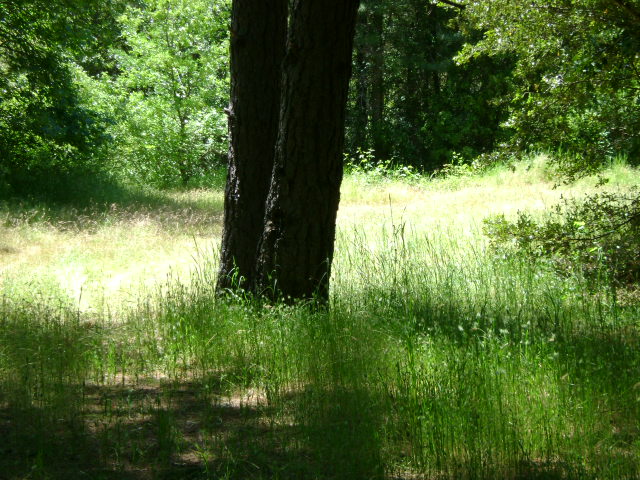
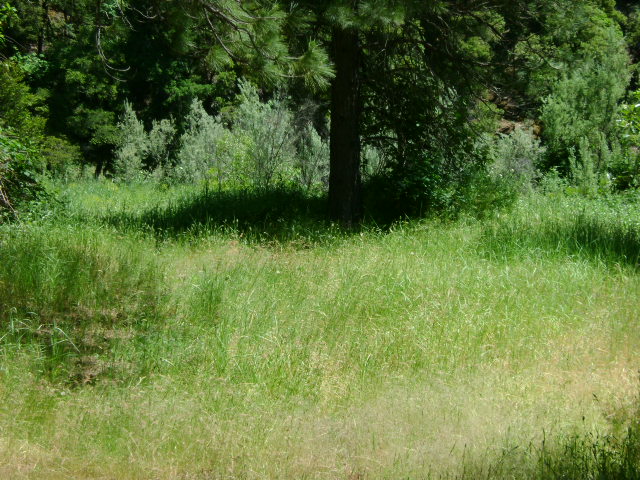
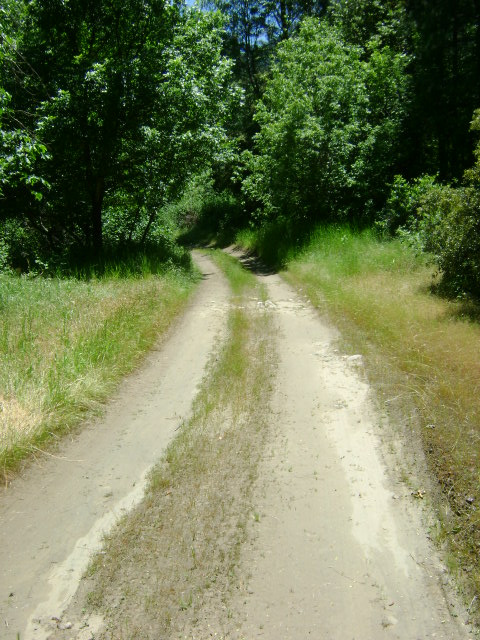
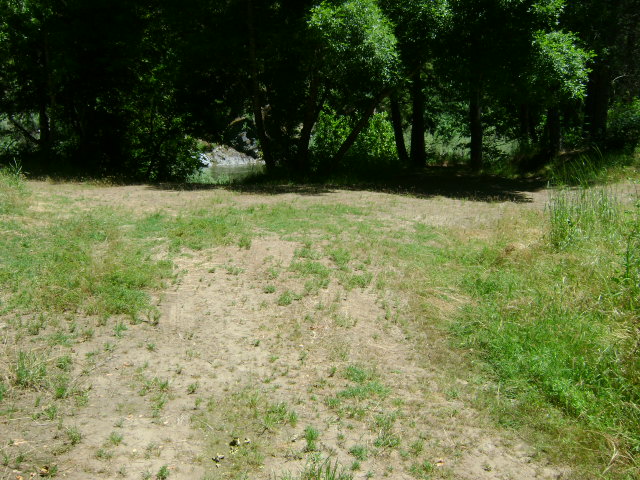
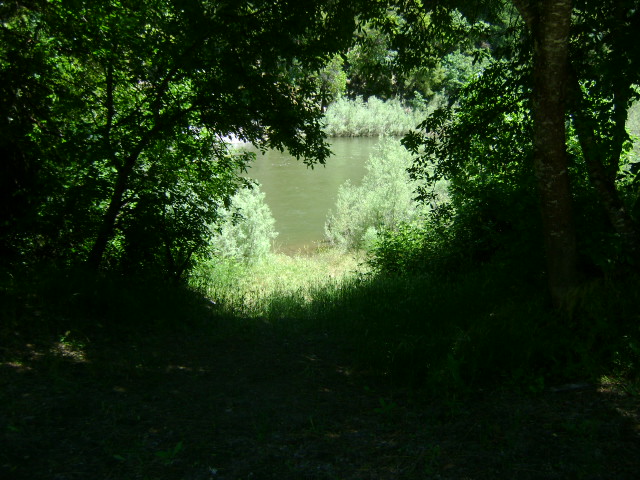
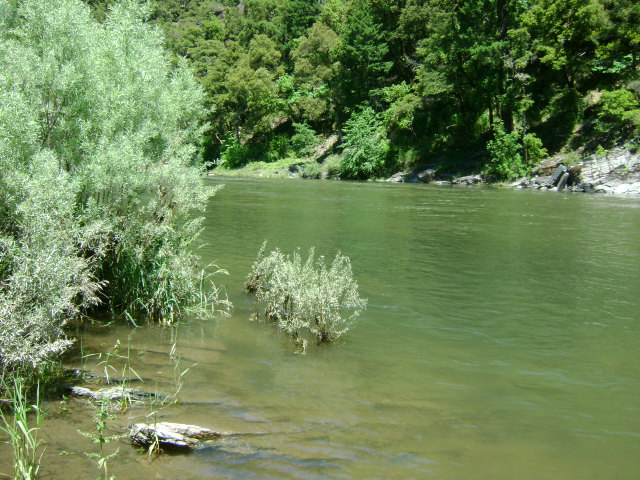
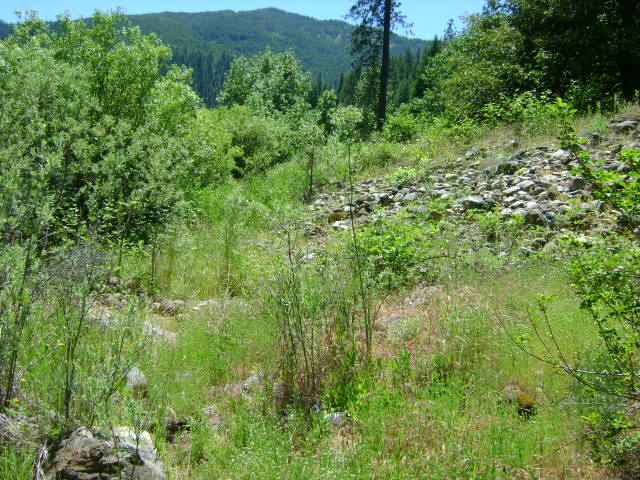
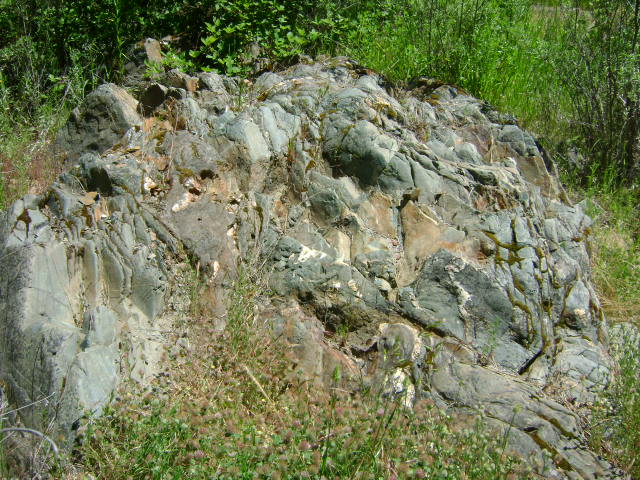

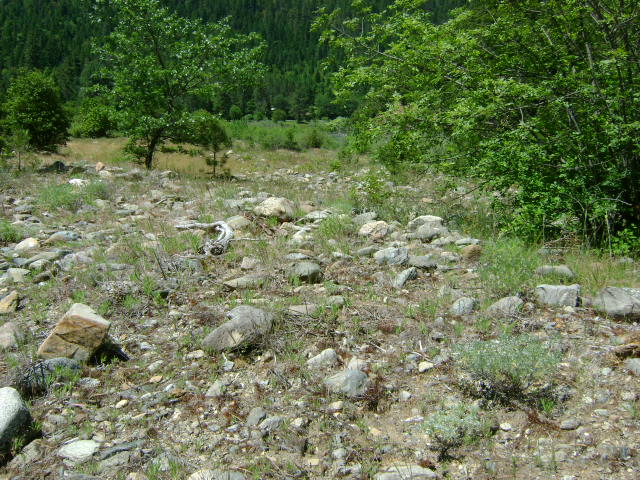
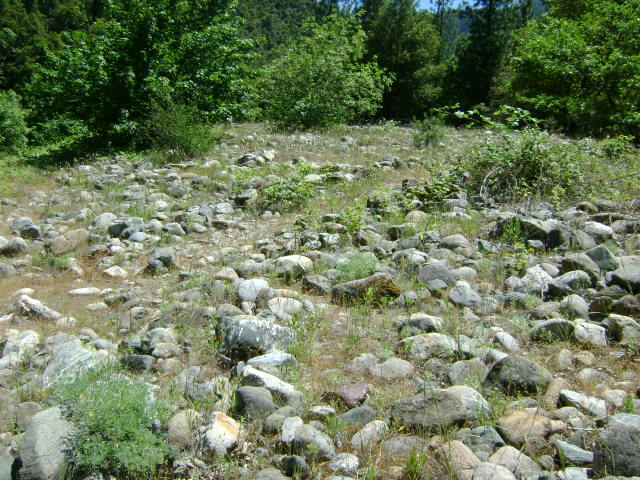
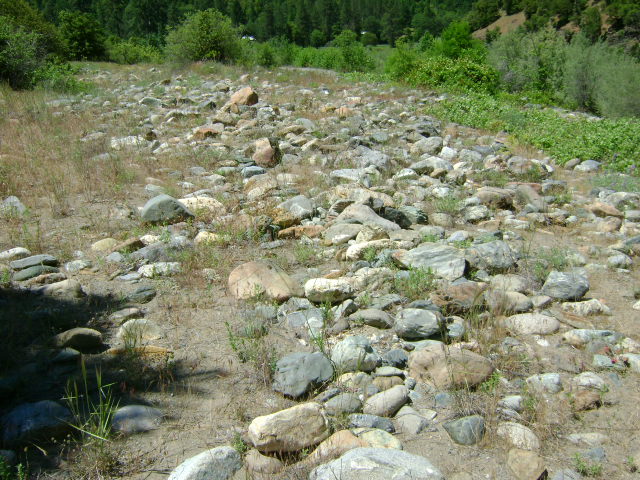
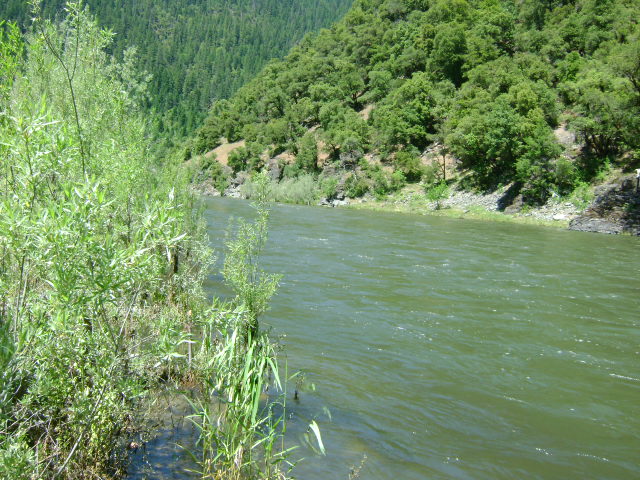
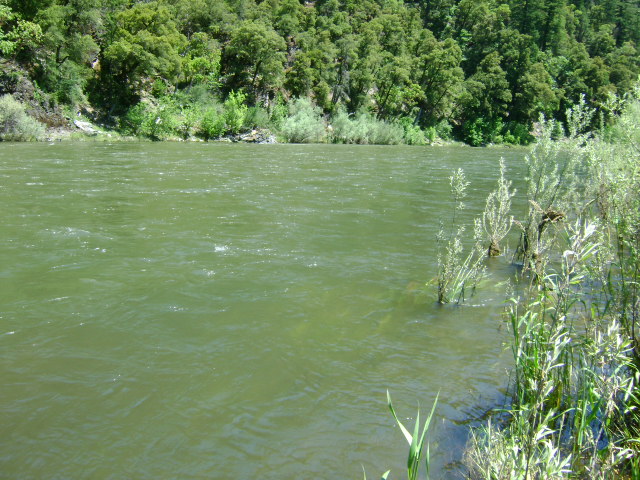
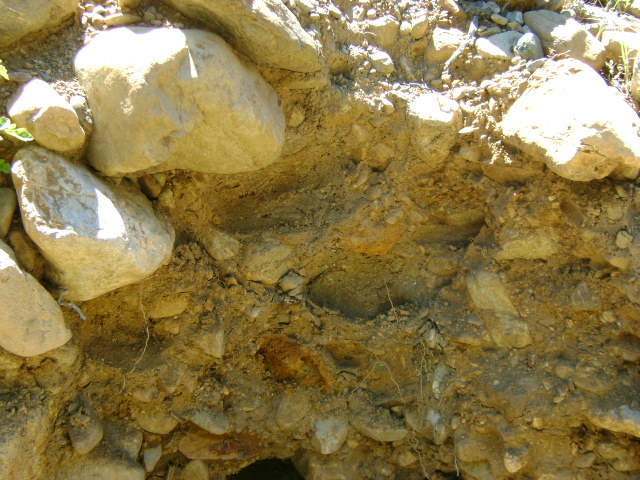
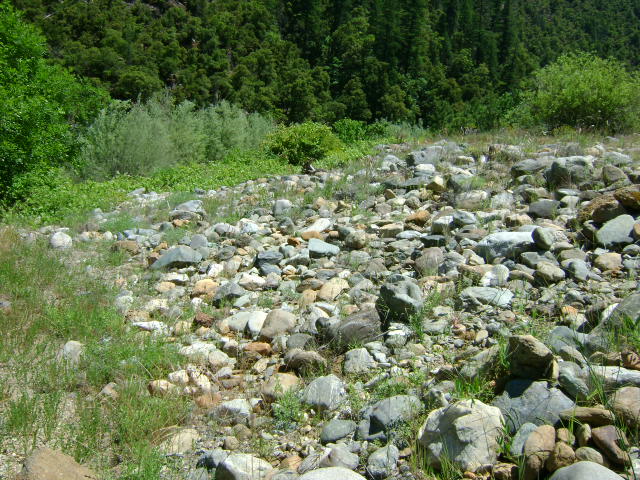
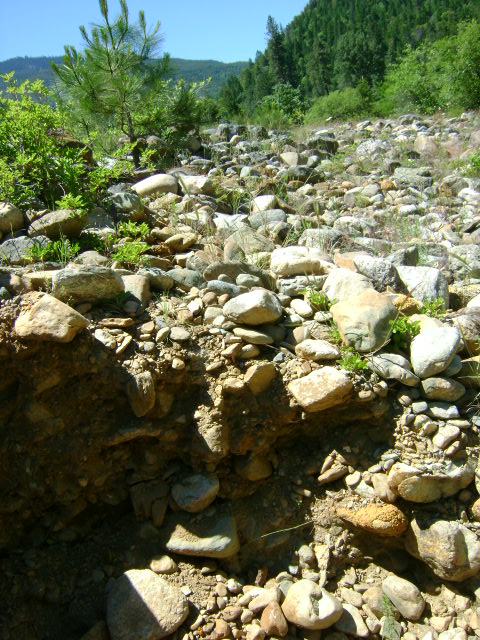
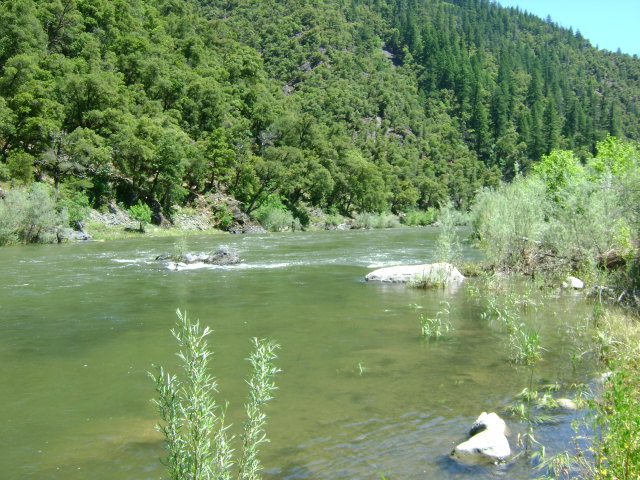
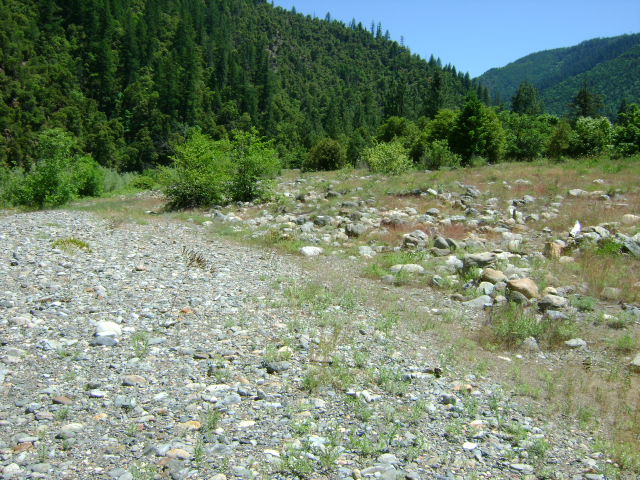
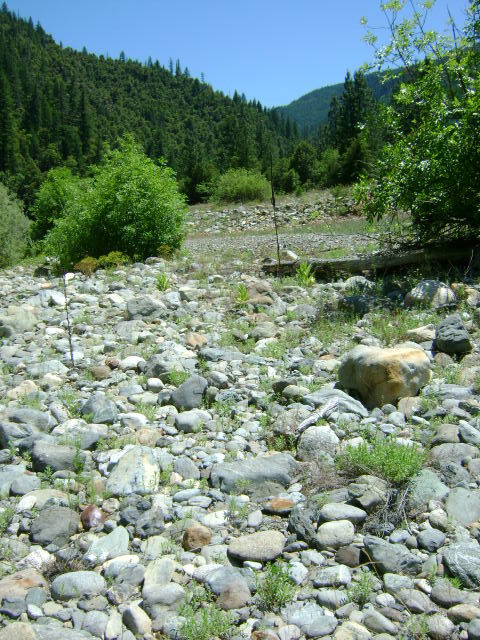
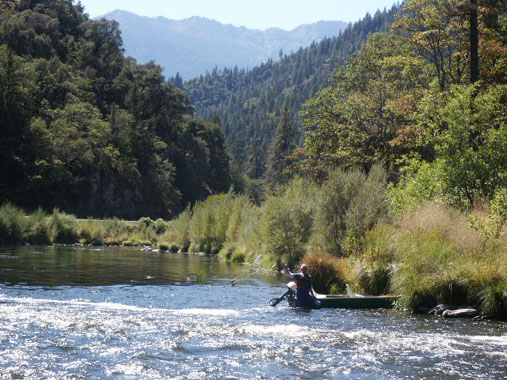
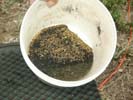
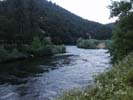
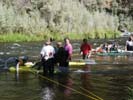
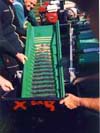
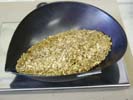
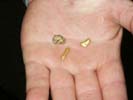
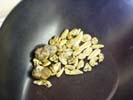
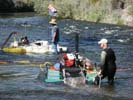
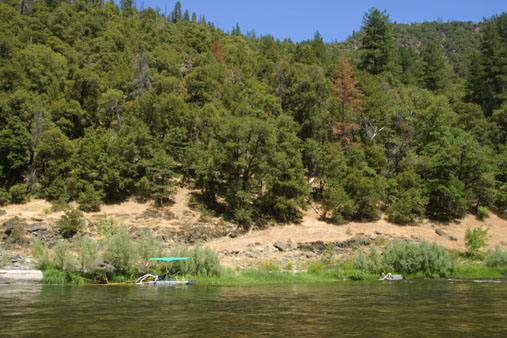
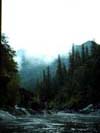
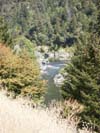
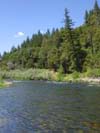
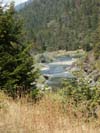
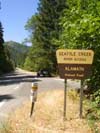
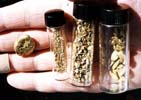
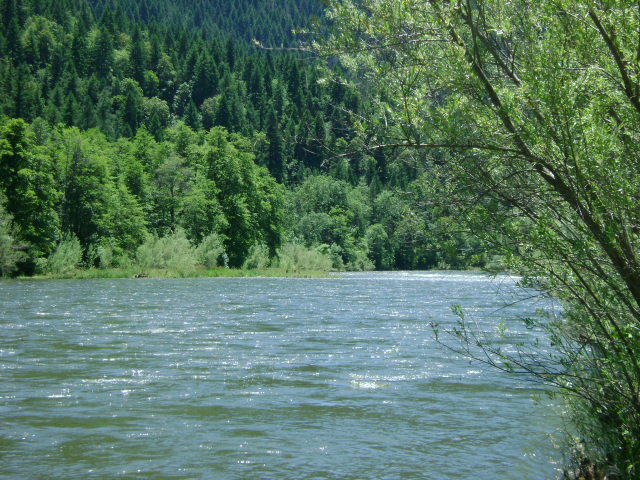
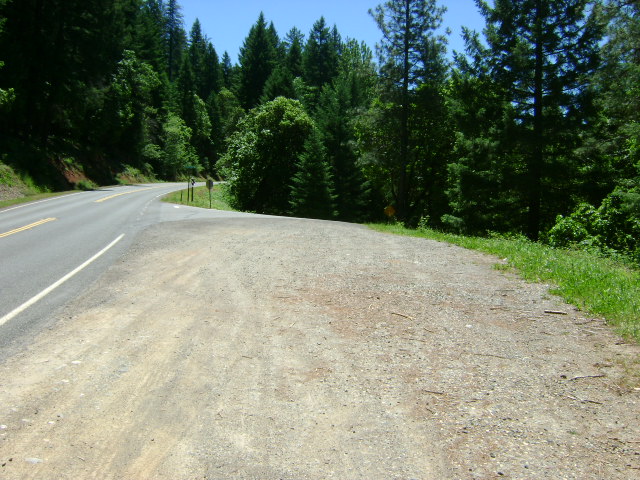
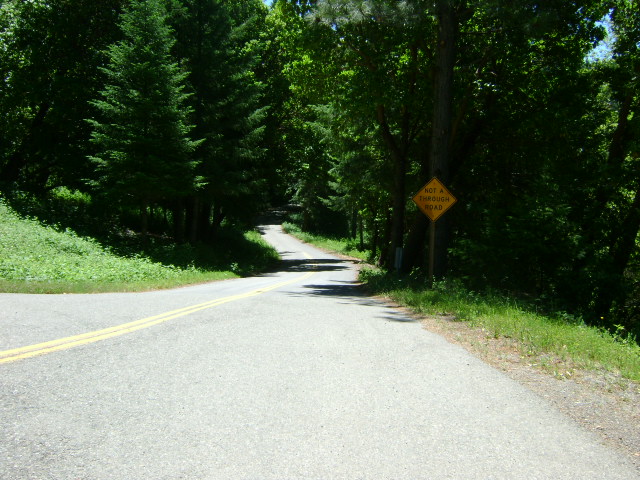
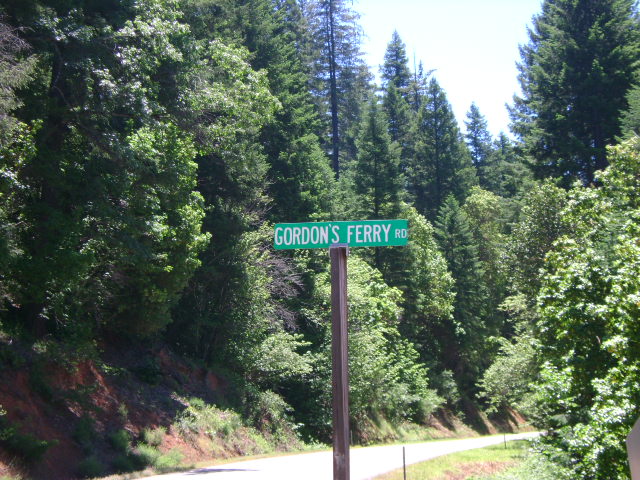
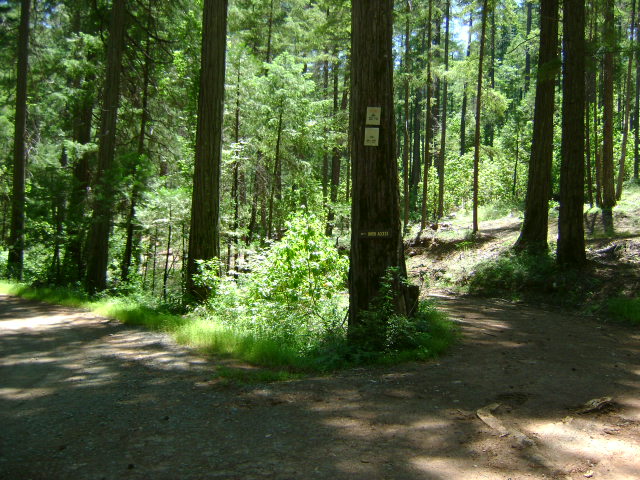
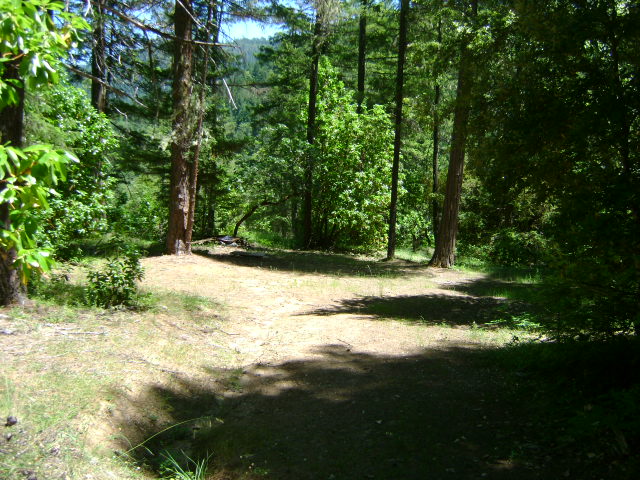
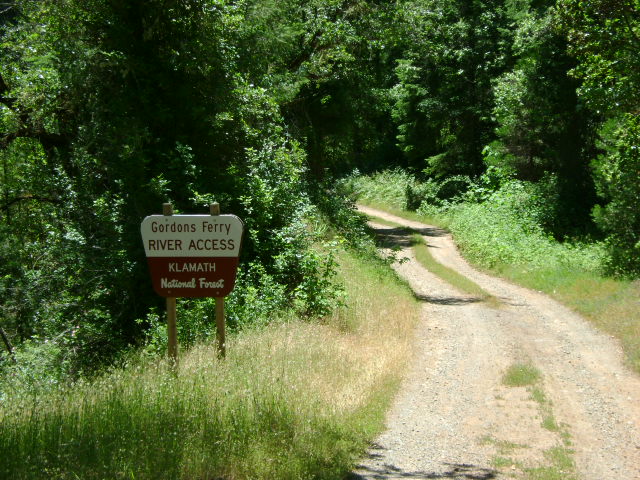
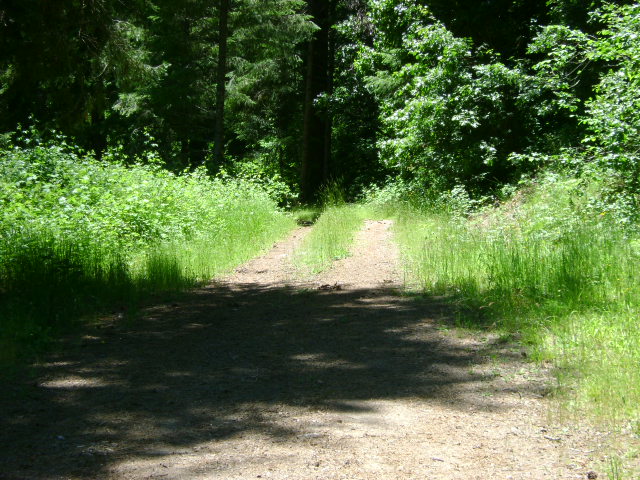
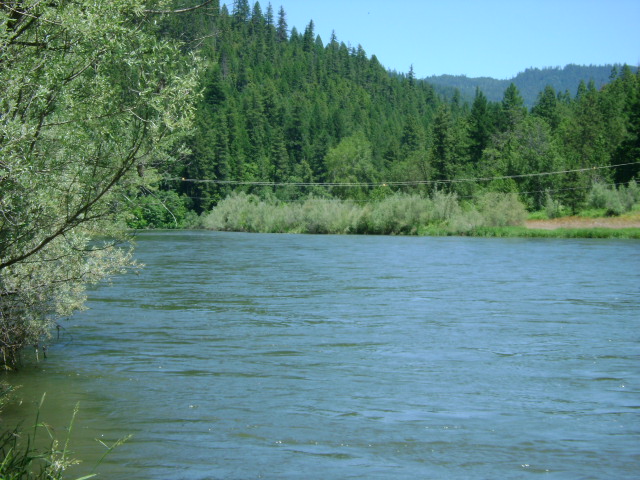
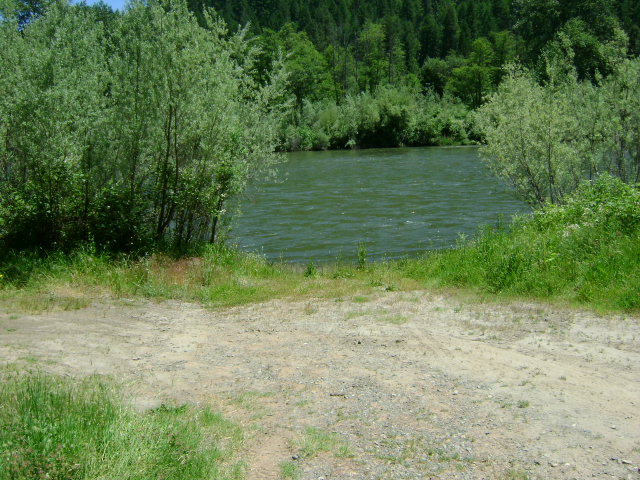
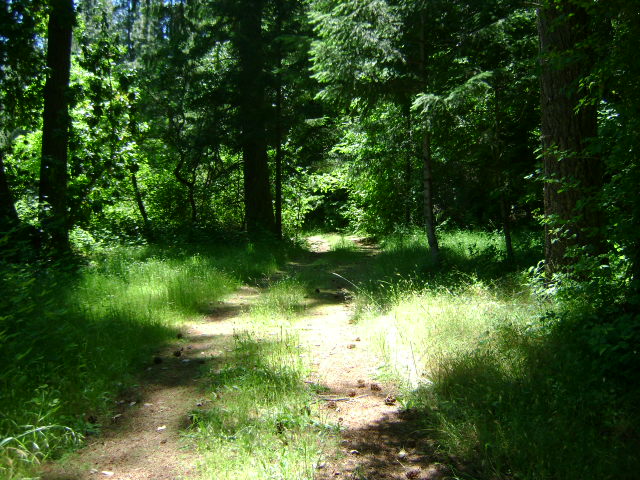
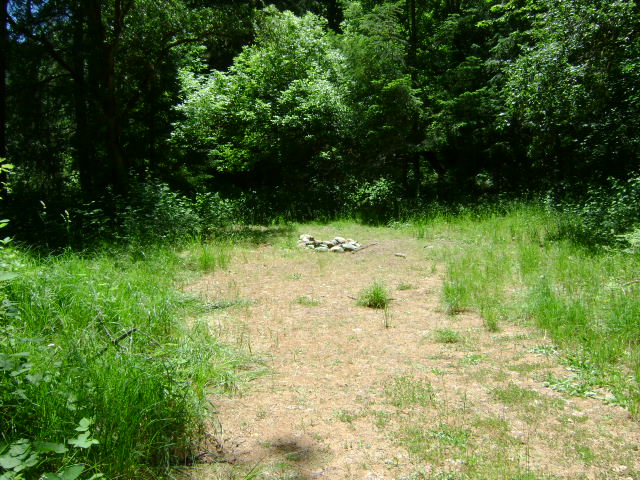
 To become a successful gold prospector, research must top your list of things to do. Research will provide you with a never-ending source of future prospects. Experiencing the joy of being in the field, while enjoying these exciting and rewarding activities, should be a major priority for everyone. Furthermore, repeated trips going into the field, being successful, attaining your goals, and coming home with
To become a successful gold prospector, research must top your list of things to do. Research will provide you with a never-ending source of future prospects. Experiencing the joy of being in the field, while enjoying these exciting and rewarding activities, should be a major priority for everyone. Furthermore, repeated trips going into the field, being successful, attaining your goals, and coming home with 


